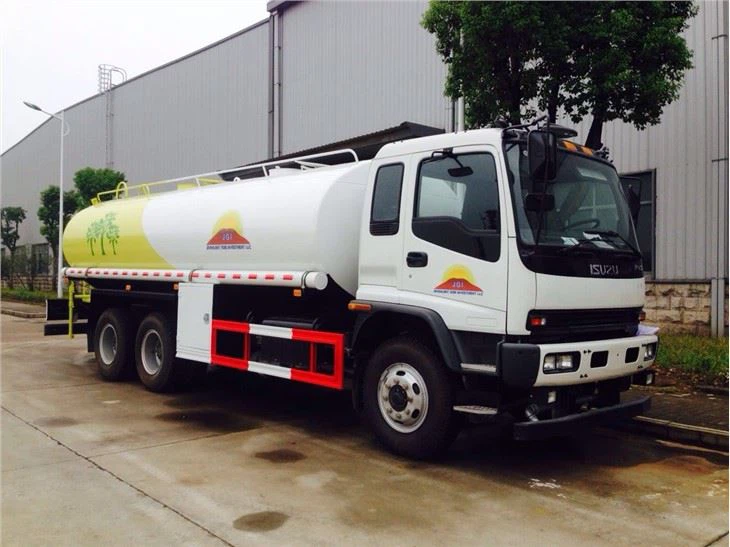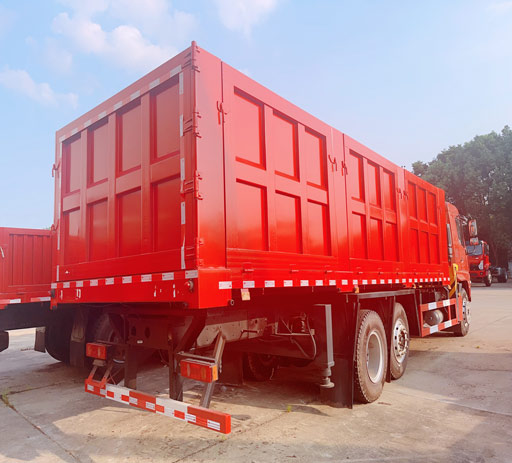Single Cab vs Double Cab: Which Pickup Truck is Right for You?

When it comes to choosing a pickup truck, one of the most important decisions you’ll face is whether to go for a single cab or double cab configuration. This choice can significantly affect your vehicle’s functionality, comfort, and suitability for your lifestyle. In this article, we will explore the various differences between single cab and double cab trucks, consider their advantages and disadvantages, and help you decide which one best fits your needs.
Understanding Cab Configurations
Pickup trucks are designed to accommodate both passengers and cargo. However, the cab configuration can vary, impacting how these vehicles serve your requirements. The two most common cab styles are:
Single Cab

A single cab truck features a single row of seating, typically with two doors. It is designed primarily for utility purposes and offers a larger bed for hauling cargo. Single cabs are best suited for individuals or those who primarily need their truck for work-related tasks.
Double Cab
A double cab, on the other hand, has two rows of seating, providing space for more passengers. It usually has four doors for easier access to the back seats. Double cabs are a better choice for families or for those who frequently transport additional passengers.
Key Differences Between Single Cab and Double Cab
Seating Capacity
| Feature | Single Cab | Double Cab |
|---|---|---|
| Seating Capacity | 2-3 passengers | 4-6 passengers |
As noted in the above table, a single cab typically seats 2-3 people, while a double cab can comfortably accommodate 4-6 individuals. If you have a large family or often travel with friends, a double cab offers the space necessary for everyone.
Cargo Space
| Feature | Single Cab | Double Cab |
|---|---|---|
| Cargo Bed Length | Generally larger | Generally shorter |
A single cab usually has a longer bed than a double cab, which allows for more cargo space. This feature is ideal for those who need to haul larger items or materials regularly.
Advantages of Single Cab Trucks
1. Enhanced Cargo Capacity
Single cab trucks often provide more bed space for transporting goods. If you’re involved in construction, landscaping, or any profession that requires carrying tools or materials, this extra cargo capacity can be a significant advantage.
2. Better Fuel Efficiency
Due to their smaller size and lighter weight, single cab trucks typically offer better fuel efficiency compared to double cabs. For those who prioritize cost-effective driving or frequently make long trips, this can lead to significant savings over time.
3. Lower Initial Cost
Generally, single cabs have a lower price point compared to double cabs. If you’re on a budget or looking for a practical work vehicle without extra passenger space, a single cab can make more financial sense.

Advantages of Double Cab Trucks
1. Increased Comfort and Space
Double cab trucks provide more interior space, allowing passengers to sit comfortably during long drives. The added space also offers more legroom, which can be particularly important for taller individuals or families traveling together.
2. Versatile Usability
Double cabs are incredibly versatile, making them suitable for both work and leisure. Whether you’re using it to transport tools during the week or going on family outings over the weekend, double cabs can easily adapt to your daily lifestyle.
3. Better Resale Value
Double cab trucks usually maintain a higher resale value compared to single cabs. Many buyers are drawn to the additional seating and space, which can make double cabs more appealing in the used truck market.

Practical Examples of Use Cases
Single Cab Use Cases
- Construction workers needing to haul tools and materials.
- Landscapers who transport equipment and supplies.
- Individuals or small business owners who use their truck primarily for work.
Double Cab Use Cases
- Families needing additional seating for children and friends.
- Outdoor enthusiasts who go camping or biking with friends.
- Business professionals who need to transport clients or team members.
Making the Right Choice for You
Assess Your Needs
When deciding between a single cab and a double cab, it’s essential to assess what you primarily need the truck for. Consider your daily activities, how many passengers you regularly transport, and if you value cargo space over passenger space.
Test Drive Both Options
Before making a definitive decision, it’s wise to test drive both single cab and double cab models. This firsthand experience will help you understand the comfort level and differences in driving dynamics.
Cost Considerations
Initial Purchase Price
| Type | Average Price Range |
|---|---|
| Single Cab | $25,000 – $35,000 |
| Double Cab | $30,000 – $45,000 |
The initial purchase price can be a crucial factor in your decision. As indicated in the table, single cabs generally cost less, making them suitable for budget-conscious consumers.
Insurance and Maintenance Costs
Insurance and maintenance costs may vary marginally based on the cab style. Double cabs might carry slightly higher insurance rates due to their higher value. Maintenance usually aligns closely, but it’s recommended to factor in more passengers and potential wear and tear.
Comparing Brand Popularity and Models
Popular Single Cab Models
- Ford F-150 Single Cab
- Chevrolet Silverado 1500 Regular Cab
- Toyota Tundra Single Cab
Popular Double Cab Models
- Ford F-150 SuperCab
- Chevrolet Silverado 1500 Crew Cab
- Toyota Tacoma Double Cab
Both single cab and double cab models have their flagship trucks. These represent a mixture of reliability, performance, and user satisfaction, appealing to very different audiences.
Frequently Asked Questions (FAQ)
1. Is a single cab truck better for work?
Single cab trucks are often better for work due to their larger cargo space and typically lower cost, making them ideal for tradesmen or small business owners.
2. Can a double cab truck still be used for heavy hauling?
Yes, many double cab trucks are designed to carry significant loads, though they may have slightly less bed space compared to single cab models.
3. Which truck has better resale value?
Generally, double cab trucks maintain better resale values as they appeal to a broader audience looking for family-friendly options.
4. Are there safety differences between the two cab styles?
Safety ratings are typically similar, but double cabs often provide more secure seating for passengers. Always check the individual model’s safety ratings.
5. Can I convert a single cab to a double cab?
While it’s technically possible, converting a single cab to a double cab is costly and not practical. It’s typically best to purchase the truck that meets your needs from the start.
6. Which type of cab is better for off-roading?
Both cab types can perform well off-road; however, double cabs often provide more comfort and space for passengers during rugged trips.
